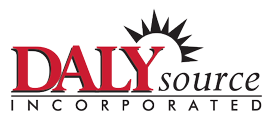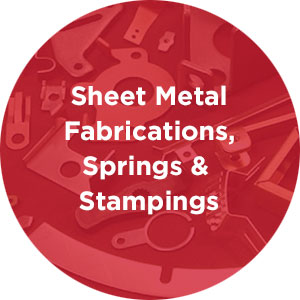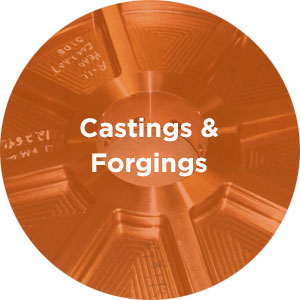MILLING & SCREW MACHINING
Electronic Discharge Machine (EDM) / Grinding

EDM is a nonconventional machining process that removes electrical conductive materials according to the thermal energy (melting and partial vaporization of the workpiece) produced by series of sparks occurring between the electrode and workpiece.
Centerless grinding is a machining process that uses abrasive cutting to remove material from a workpiece. There are a number of grinding processes – they all help to remove material burrs from the machining process, as well as help to meet tight tolerances.
Screw Machined

Multi-Spindle Davenports, single spindle Brown & Sharpes, 6 – 8 spindle Wickmans and Kira machining centers are all machines that turn rod stock into screw machine parts, with typical diameters ranging from .060” to 2.75”. The Swiss Tornos and Escomatic machines are suited for rod stock with diameters ranging from .015” to 1.25”.
Specific Machine Capabilities:
- Wickman machines are 6 – 8 spindle machines specializing in high volume, precision screw machine components;
- Brown & Sharpe machines are single spindle, capable of efficiently producing parts in smaller quantities.
- Davenport machines are best for smaller diameters, multi-faceted parts but large quantities. Having the capability to have 5 spindles means, 5 secondary processes may be performed automatically: turning, drilling, tapping, reaming, broaching, boring, threading, slotting, milling, etc.
- Swiss Tornos machines are best utilized for a lengthy screw machine part with a small diameter. A guide bushing supports the work piece and sliding headstock ensures tighter tolerances and consistent finishes.
- Escomatic machines are coil-fed machines, where the cutting tools revolve around the material, offering a significant advantage in minimizing load time and maximizing output. Escomatics are best for very tight concentricity for a lengthy part, high volume needs, with excellent repeatability.
Centerless Grinding
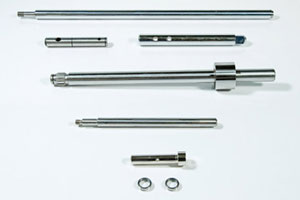
Centerless grinding is a finishing technique used to have the exact amount of material removed to make a perfectly finished work piece. There are a number of grinding processes – they all help to remove material burrs from the work piece, as well as help meet tighter tolerances.
CNC Milled / Turned
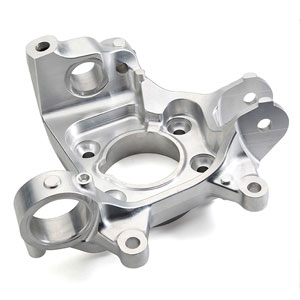
CNC Milling

CNC Turned
CNC milling uses a rotating tool, while CNC turning uses a rotating part for cutting excess material away from the work piece. While milling machines create complex parts from blocks of metal by carving away the excess material, turning is commonly used for cylindrical parts like shafts.
CNC Milled and Turned components generally require secondary operations such as broaching, slotting, bending, crimping, thread rolling, drilling or tapping.
Prototyped Machined Parts:
Prototype or pre-production machined parts can be made utilizing the EDM, lathe, waterjet, laser or milling processes.
